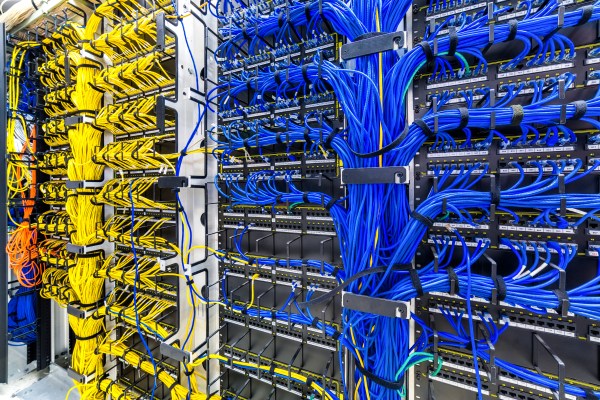Edge colocation is essentially colocation applied to edge computing. Edge computing is a form of decentralized computing. It is rapidly increasing in both popularity and importance as it provides a highly strategic and effective alternative to the cloud. With that in mind, here is a quick guide to what you need to know about edge colocation for decentralized computing.
Purpose of edge colocation
The purpose of edge colocation is exactly the same as the purpose of regular colocation. It is essentially a means for businesses to access the infrastructure they need without the cost and inconvenience of having to buy and run it.
Edge colocation is arguably even more relevant than regular colocation because there is no edge equivalent of the public cloud. (In fact, it’s a contradiction in terms). It’s hence the only practical option for many of the businesses that want (or need) to implement edge computing.
How edge colocation facilitates decentralized computing
Edge colocation facilitates decentralized computing in much the same way as regular colocation facilitates regular computing. Here are five of its key benefits.
Cost-efficiency
Opting for edge computing minimizes upfront costs. It also enables businesses to share the costs of key infrastructure and potentially unlock economies of scale. Moreover, the costs of edge colocation tend to be predictable. This makes budgeting and forecasting much easier.
Another benefit of edge colocation is that, like regular colocation, it is highly scalable. This means that its costs accurately reflect the capacity in use at any given time.
Quick deployment
Edge colocation implementations can be deployed much faster than in-house infrastructure. This makes them a better choice for time-sensitive industries. It also means that edge colocation is much easier to scale than in-house infrastructure. This makes it a better choice for businesses with fluctuating workloads.
Low management overhead
For most businesses, IT infrastructure is part of what they need to operate rather than part of their business offering. In these cases, it often makes a lot of sense to outsource as much as possible of its management and maintenance. With edge colocation, businesses can leave providers to run the core infrastructure. They just have to manage and maintain their own equipment.
Access to specialized facilities
Colocation providers often invest in purpose-built facilities equipped with advanced infrastructure tailored to the unique requirements of edge computing. These facilities are designed to meet the specific needs of high-performance computing, low-latency applications, and scalable edge deployments.
Examples of specialized facilities include advanced cooling systems to handle increased power densities, robust security measures to safeguard sensitive data, and optimized network architectures for seamless connectivity.
Geographical reach
For industries requiring low-latency responses, such as gaming, autonomous vehicles, and augmented reality, having access to a widespread network of edge colocation facilities ensures that computing resources are physically closer to end-users.
This proximity mitigates latency issues and provides a seamless, responsive, and reliable experience for applications that demand real-time data processing, creating a competitive edge for businesses in the evolving landscape of distributed computing.
Using edge colocation provides a straightforward, quick, effective, low-cost, and convenient route for businesses to access the edge infrastructure they need. It can therefore become a very strategic tool in their business planning.
Use cases
The use cases for edge colocation are essentially the use cases for edge computing together with the use cases for colocation. Here are three real-world examples of use cases where edge colocation is essential.
IoT sensor networks
The use case for edge computing is that it makes it possible to place computing resources closer to IoT sensors. This reduces latency and optimizes data processing. It is therefore a huge benefit in applications like smart cities, industrial IoT, and agricultural monitoring.
The use case for edge colocation is that it enables more streamlined management of resources. Businesses can leave their colocation partner to manage the core infrastructure. They just manage their use of it.
Retail edge computing
The use case for edge computing is that it enables time-sensitive applications such as real-time inventory management, personalized customer experiences, and cashier-less checkout.
The use case for edge colocation is cost-effectiveness, scalability, flexibility, and convenience. Using edge allows retailers to deploy computing resources in close proximity to stores without the need for building and managing individual in-house edge facilities. It also makes it easier for them to scale their capacity in line with their business cycles.
Content Delivery Networks (CDNs)
The use case for edge computing is minimized load times resulting in an improved user experience. The use case for edge colocation is mainly geographic reach. In some cases, the scalability of edge collocation is also an important benefit.







